China’s FAST radio telescope has spotted a pair of pulsars thousands of light years away. The find heralds a new era in radio telescopes.
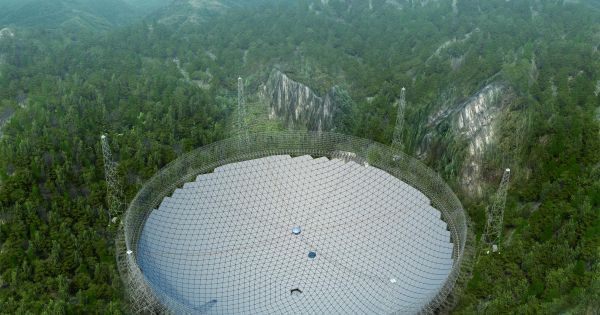

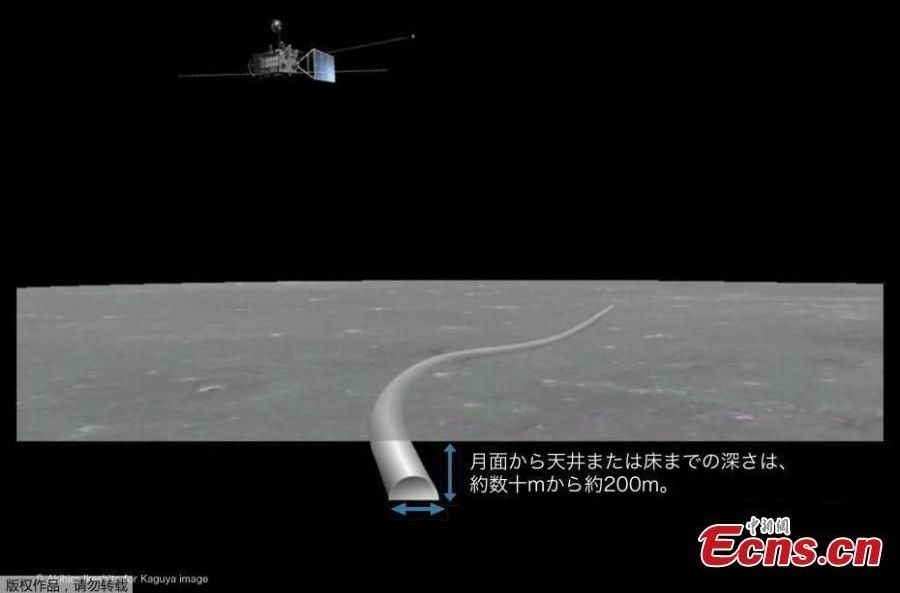
Japanese scientists discover 50km-long cave beneath #moon’s surface http://bit.ly/2ipl0mx @JAXA_en
Ecns.cn is the official English-language website of China News Service (CNS), a state-level news agency sponsored and established by Chinese journalists and renowned overseas Chinese experts on October 1, 1952.As an English-language website, Ecns.cn aims to provide all aspects of online news, including in-depth coverage, feature stories and visual content, with topics such as current events, art, lifestyle, people and travel.
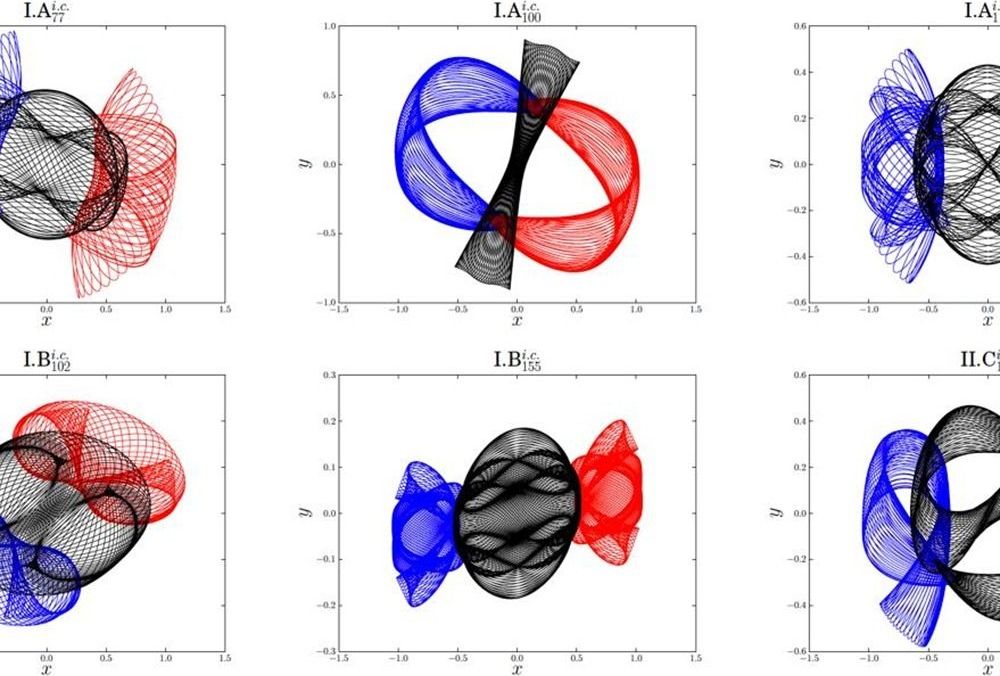
“Scientists and philosophers… had always assumed that the world worked by physical laws, and if you could measure initial conditions accurately enough, those laws would let you predict the future indefinitely. As James Gleick described it in his book Chaos: Making a New Science, this view was very wrong.”
“There was always one small compromise, so small that working scientists usually forgot it was there, lurking in a corner of their philosophies like an unpaid bill. Measurements could never be perfect,” he wrote. “Scientists marching under Newton’s banner actually waved another flag that said something like this: Given an approximate knowledge of a system’s initial conditions and an understanding of natural law, one can calculate the approximate behaviour of the system. This assumption lay at the philosophical heart of science.”
“Today we know how wrong this assumption was. The Three Body Problem is now recognized as a classic example of a chaotic system. Like the butterfly that causes a hurricane by flapping its wings, it is exquisitely sensitive to initial conditions. The tiniest tweak can have massive consequences down the line.”
Like the endlessly repeating patterns of chaos theory, the new solutions discovered by the Chinese researchers make for elaborate and weirdly beautiful images when they are plotted in two dimensions. They are unlikely to have ever existed in reality, however. Because of how solar systems form, planets, moons and stars tend to settle into regular orbits on a single plane.
The Chinese researchers credit their discoveries to advancements in computer science and their novel technique called clean numerical simulation, which is a strategy for modelling chaotic systems, in which solutions are reached indirectly by continuous refinement, rather than directly by brute calculation.
“In this paper, we numerically obtain 695 families of Newtonian periodic planar collisionless orbits of three-body system with equal mass and zero angular momentum in case of initial conditions with isosceles collinear configuration, including the well-known figure-eight family found by Moore in 1993, the 11 families found by Šuvakov and Dmitrašinović in 2013, and more than 600 new families that have never been reported, to the best of our knowledge,” reads the report by XiaoMing Li and ShiJun Liao.
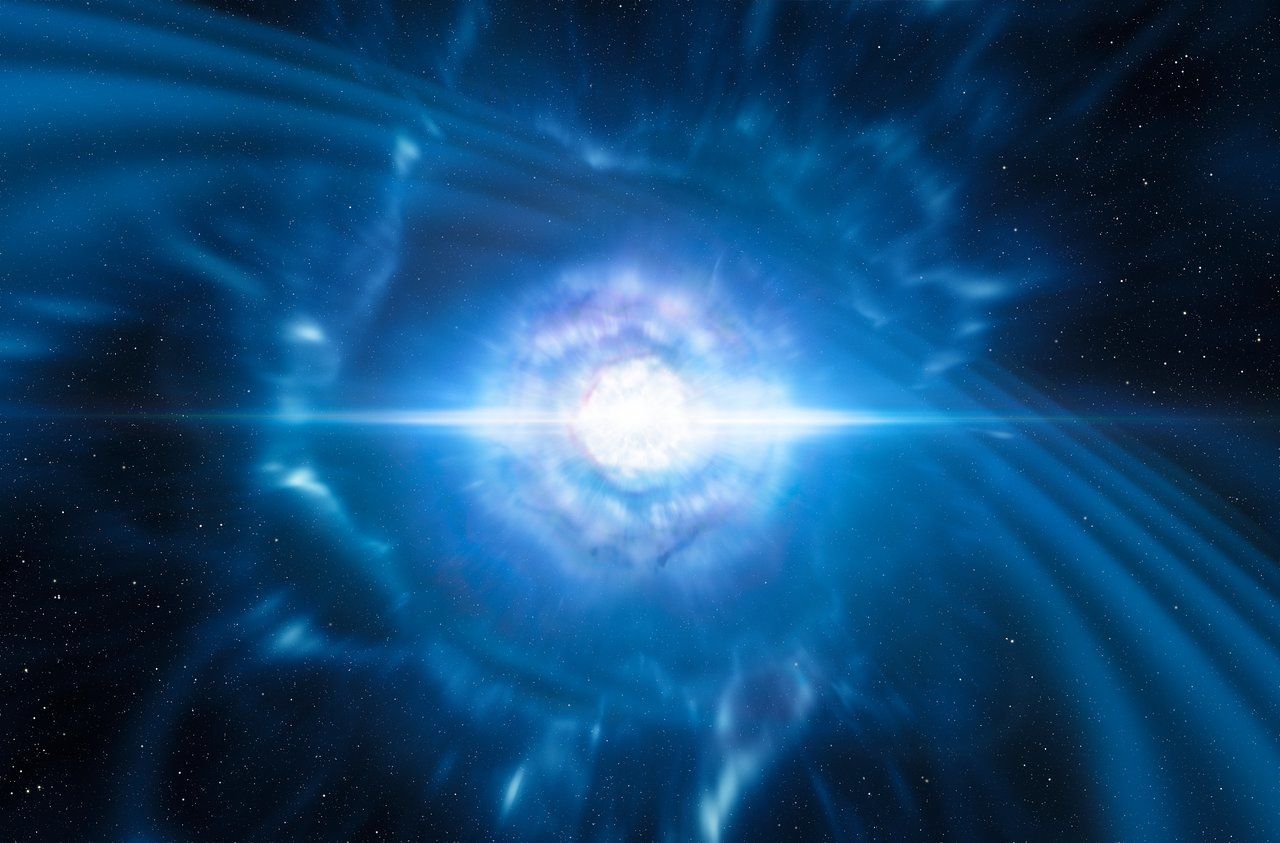
For the first time, scientists have witnessed the cataclysmic crash of two ultra-dense neutron stars in a galaxy far away, and concluded that such impacts forged at least half the gold in the Universe.
Shockwaves and light flashes from the collision travelled some 130 million light-years to be captured by Earthly detectors on August 17, excited teams revealed at press conferences held around the globe on Monday as a dozen related science papers were published in top academic journals.
“We witnessed history unfolding in front of our eyes: two neutron stars drawing closer, closer… turning faster and faster around each other, then colliding and scattering debris all over the place,” co-discoverer Benoit Mours of France’s CNRS research institute told AFP.
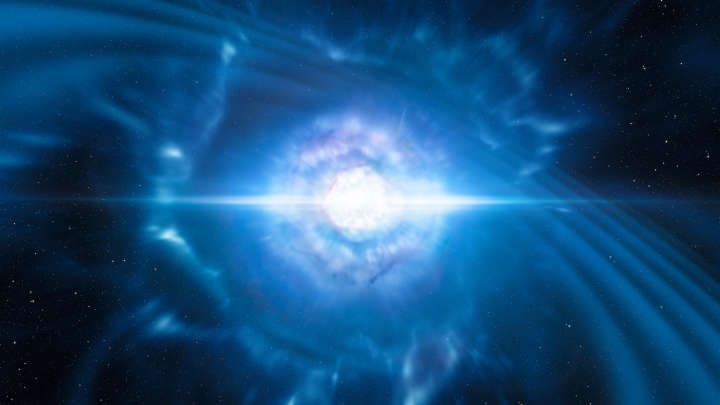
The fifth observation of gravitational waves (GW) marks the beginning of a new era in astronomy. On August 17, 2017, the LIGO and VIRGO collaborations detected neutron stars merging for the first time and immediately alerted observatories around the world. In a matter of minutes the event had been located, another first for GW astronomy, and telescopes around the world begun studying it almost immediately.
The event observed, called GW170817, was produced in galaxy NGC 4993, located 130 million light-years from Earth. The gravitational signal was the strongest ever observed, lasting over 100 seconds, and it emitted a gamma-ray burst (GRBs), providing the first piece of evidence that GRBs are produced by neutron star collisions. It also provided the strongest evidence yet that neutron star mergers are responsible for the creation of the heaviest elements in the universe, like gold and platinum.
The importance of this observation cannot be understated. We are witnessing Galileo pointing the telescope up, or Henrietta Swann Leavitt working out the relation that will be used to measure cosmic distances. This observation brings a completely new dimension to astronomy. The seven papers published in Nature, Nature Astronomy, and Astrophysical Journal Letter are also record-breakers. They have over 45,000 authors – around 35 percent of all active astronomers in the world – who worked at the over 70 observatories that helped to make this discovery.
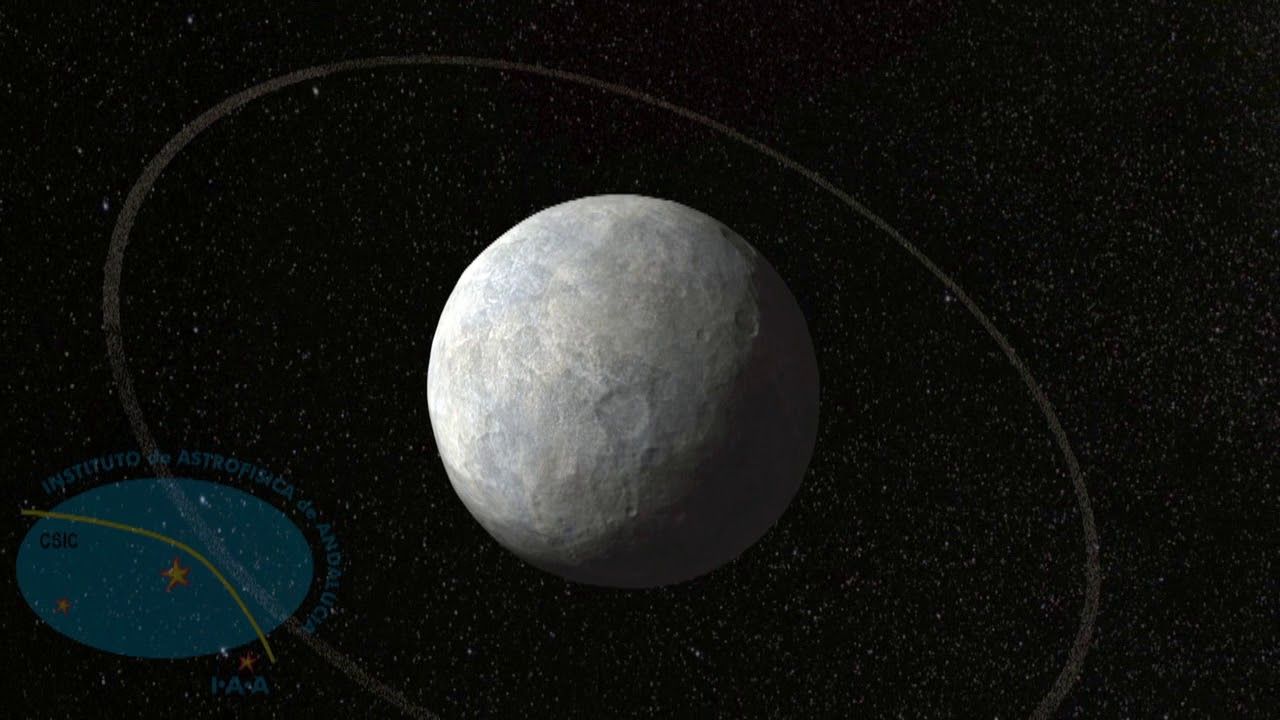
Offering more details on the happenings in space, astronomers have revealed an unexpected discovery surrounding a certain dwarf planet that goes by the name of Haumea.
The planet, which sits on the edge of the solar system, has a ring roughly 70 kilometers wide, with a radius of 2,287 kilometers.
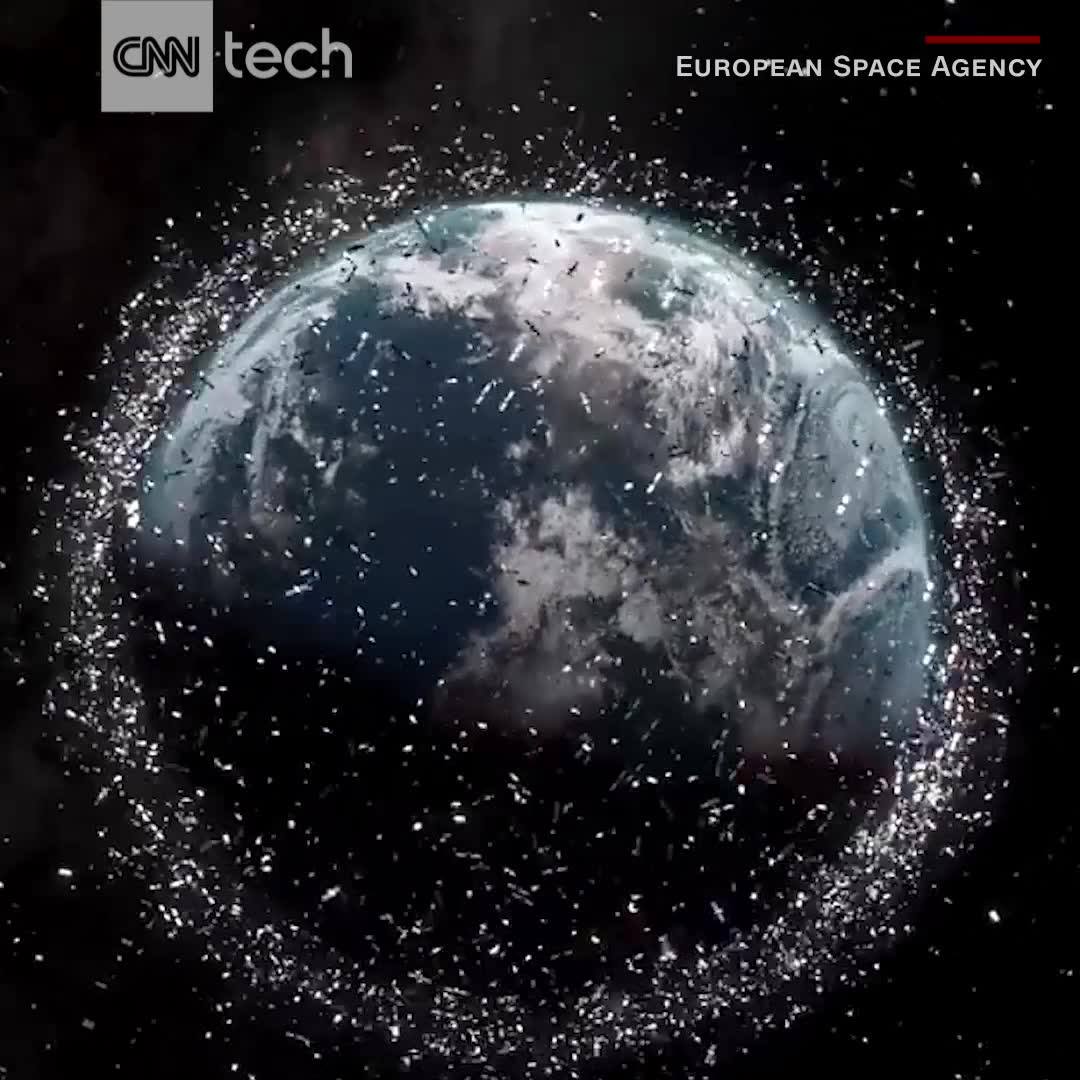
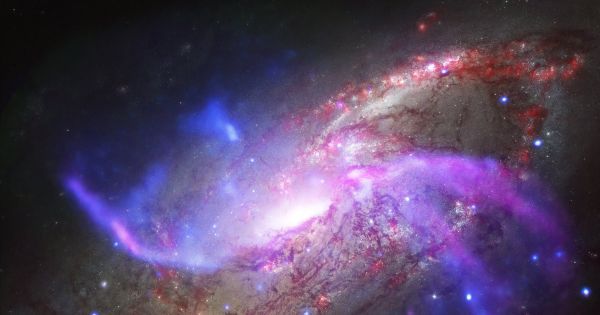
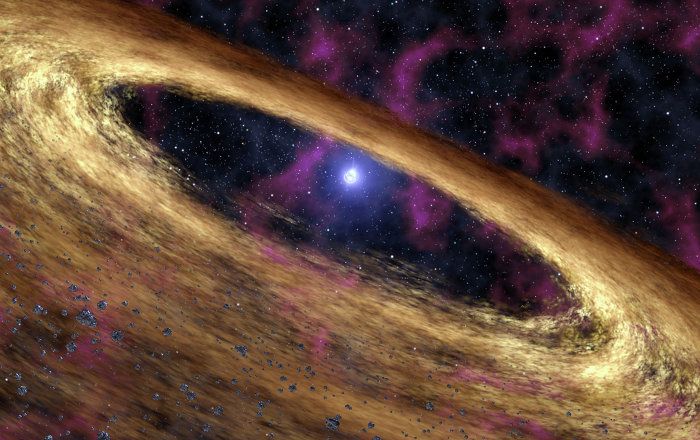
After one year of trial operations, China’s 500-meter Aperture Spherical Radio Telescope (FAST), a 30-football-field-large radio telescope that is currently the world’s largest, recently discovered two pulsars 16,000 and 4,100 light years from Earth, respectively.
Pulsars are magnetized and rotating collapsed stars that emit electromagnetic beams. Researchers from the National Astronomical Observatories of China (NAOC) confirmed Tuesday that the new pulsars J1859-01 and J1931-01 were discovered on August 22 and 25 while the telescope was scanning the southern galactic plane. Australia’s Parkes radio telescope confirmed the discovery in September, state news agency Xinhua reported on Tuesday.
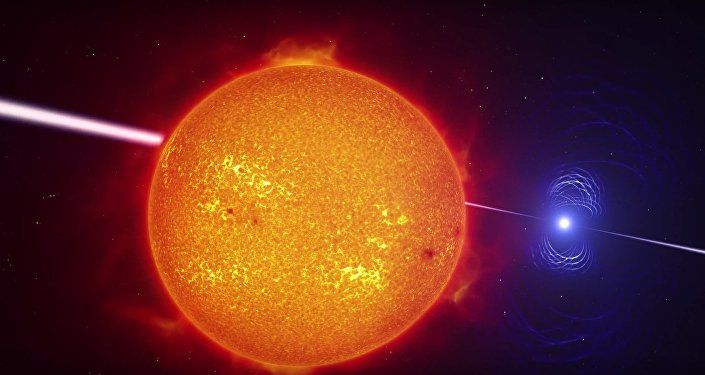
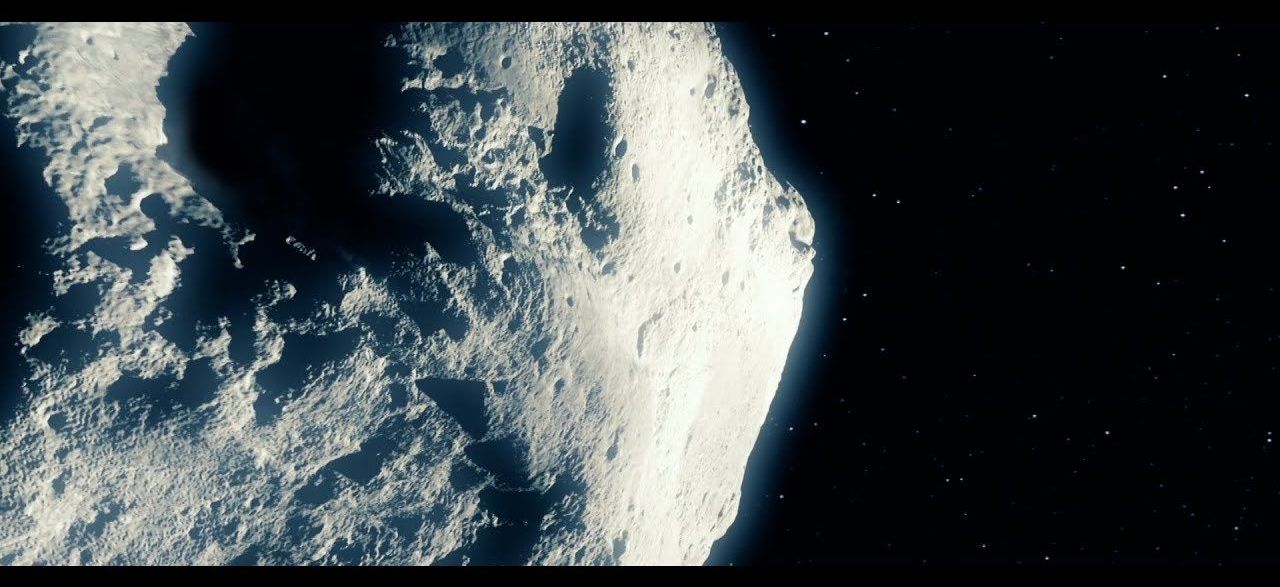
Planetary Resources’ Exploration Mission.
Planetary Resources is embarking on the world’s first commercial deep space exploration mission. The purpose is to identify and unlock the critical water resources necessary for human expansion in space.
Sourcing water is the first step to creating a civilization in space. Water is used for life support functions and can also be refined into rocket propellant. The initial mission will identify the asteroids that contain the best source of water, and will simultaneously provide the vital information needed to build a commercial mine which will harvest water for use in space.
www.planetaryresources.com